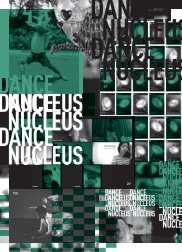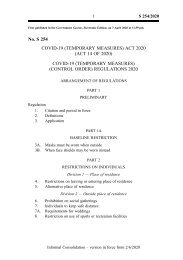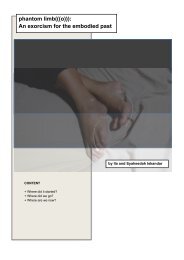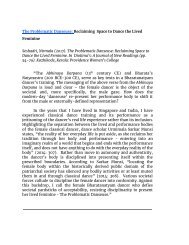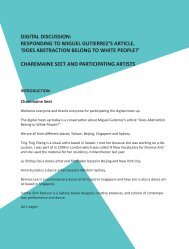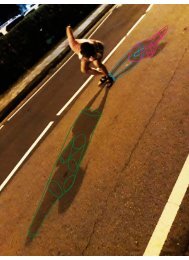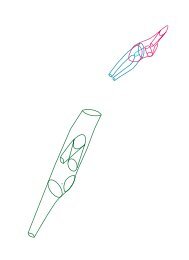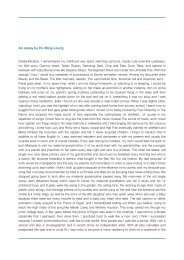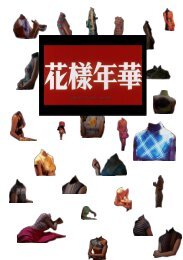Hermansyah Brotherhood
- No tags were found...
Create successful ePaper yourself
Turn your PDF publications into a flip-book with our unique Google optimized e-Paper software.
AL ALBAB Volume 7 Number 1 June 2018<br />
including in the Dayak Taman community, which became the focus of his<br />
study. Apparently such a belief not only belongs to the Kapuas River upstream<br />
community, the Kadayan Dayak community in Brunei also has a similar belief<br />
(Maxwell 2005).<br />
The belief in the “spirit” of many living and dead objects is another example of<br />
the existence of the Dayak and Malay origins. Another example is associated<br />
with pantang larang (prohibition). Traditional people of West Kalimantan<br />
believe that rivers and lakes should not be poisoned because it will lead to<br />
natural events that threaten human safety such as rain accompanied by thunder<br />
and lightning. Pantang larang is related to keeping the water ecosystem and<br />
the water itself from pollution (<strong>Hermansyah</strong>, 2016: 351). Respect for the right<br />
to living freely is not only given to humans. Some West Kalimantan people<br />
believe that animals should not be laughed at or tortured, especially for<br />
prospective parents. If breached, it will result in the same fate that befalls the<br />
baby to be born. This belief is called kenawa’. Besides kenawa’ Malays also<br />
believe that, hurting animals and laughing at them can lead to lobur. Lobur<br />
is the occurrence of storm accompanied by lightning and thunder that turns<br />
a person who hurts animals and laughs at them into a rock (<strong>Hermansyah</strong>,<br />
2010: 58). The fact that this belief is a form of Malay collective memory of the<br />
ancestral heritage prior to Islam is seen in similar beliefs among the Dayaks.<br />
Beliefs about this lobur for example is similar to the Dayak Kayan belief called<br />
Adat Dipuy. In this custom the Dayak Kayan people believe that treating<br />
animals, especially monkeys, frogs, pigs and dogs arbitrarily and laughing at<br />
them can cause strong winds and thunder. The difference is, in the strong<br />
wind and thunder does not turn a person into a rock (Rousseau 1998: 105).<br />
HERITAGE<br />
In the collective memory of the Malays, they have long claimed to have a<br />
kinship with the Dayaks. To prove it, they usually have a tembawang inherited<br />
from their ancestors. The owner of the tembawang consists of Dayaks and<br />
Malays. Tembawang is an old farm planted with various fruit plants such as<br />
durian, mangosteen, rambutan, mango, and so forth. In the fruitful season,<br />
the Dayaks will tell their Malay relatives to take some fruit or sometimes send<br />
the fruits to them. Likewise, if the Dayaks go to the Malay village, they will be<br />
accepted and treated as relatives. In the past, many Dayak people sent their<br />
children to school and entrusting them to the Malays. The Malay host is even<br />
responsible for providing food, drink, and tuition for the Dayak children.<br />
In addition to tembawang, the Malay (and possibly Dayak) inherited the same<br />
story as the Dayak. According to Wattimena (2012: 4) stories about the past<br />
[ 61 ]




